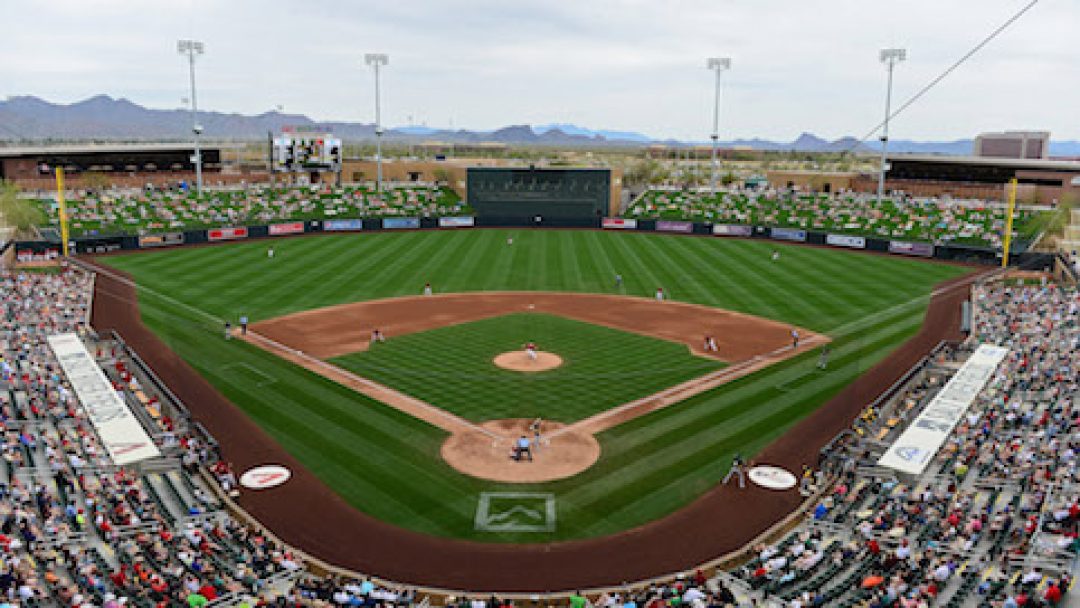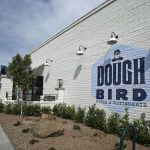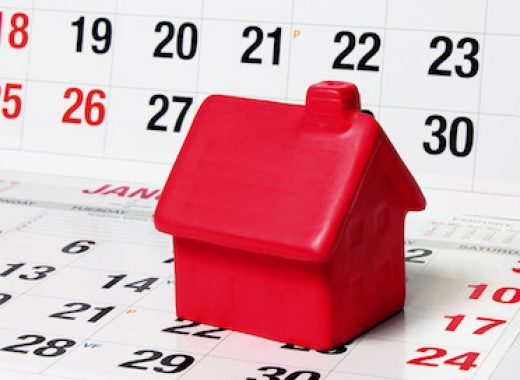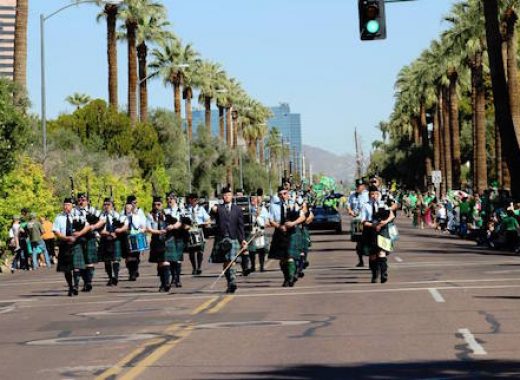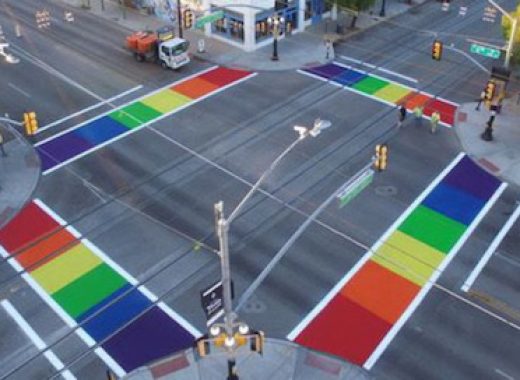The Arizona Diamondbacks might be struggling to fill up the seats for their season games at Chase Field in Phoenix, but their spring training venue, Salt River Fields at Talking Stick in Scottsdale, is setting amazing MLB spring training attendance records.
Steven Totten of Phoenix Business Journal (2017) reported that both the Diamondbacks and the Colorado Rockies have been attracting over 300,000 fans to their spring training games at Salt River Fields for seven consecutive seasons now. Both the Diamondbacks and the Rockies set their attendance records in their spring training games against the Chicago Cubs, with the Diamondbacks bringing in 14,002 guests on March 23rd and the Rockies bringing bringing in 13,565 on March 25th.
To this date, no other Major League Baseball complex has come close to reaching the 300,000 spring training attendance records. In both 2016 and 2017 the readers of Ballpark Digest declared Salt River Fields as the #1 Cactus League Spring Training Complex over the Camelback Ranch in Glendale. Ballpark Digest Publisher Kevin Reichard credited the win to a high commitment to quality with multiple practice fields, separate clubhouses and great overall training facilities.
The thrilling experience that fans get at Salt River Fields is partly due to the beautiful architectural design of the building. There aren’t many spring training facilities out there that not only provide their fans with the chance for close encounters with the players and provide plenty of great concessions, but also have comfortable seating and amenities.
The design concept behind the complex has more than just good looks and comfort driving it, but also does its part to protect the environment. Salt River Fields has proven itself to be so effective in its reduction of water and energy use, as well as greenhouse emissions, that it has become the first Spring Training location to ever receive the gold certificate from the U.S. Green Building Council’s Leadership in Energy and Environmental Design (LEED) Program.


